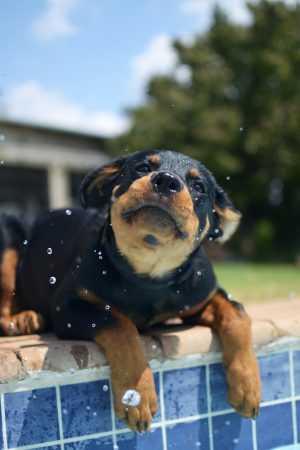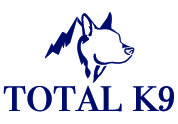Understanding Your Dog’s Genetics:
The role of genetics play a huge role in your dog’s personality. Being aware of whats natural for your dog will allow you to approach your relationship with less conflict. Some dogs like to chase, others like to tug. Some dogs are really into sniffing while others are into critters. This isn’t a random coincidence. It’s a result of their natural instincts which are based off genetics. Not only are their interests a result of genetics, but also their energy and temperament. In order to have the best success with your dog, you need to consider how their brain is wired.

Things to think about.
How do they like to play?
Cater your play type to something that is fulfilling for your dog. Weather that be chasing, fetching, tugging, sniffing.
How much/ what kind of exercise do they need?
Athletic dogs like, shepherds, heelers, terriers strive with a high amount of physical activities, while hounds and beagles would be more satisfied with scent work.
Efficient Types of Socialization?
Is your dog naturally protective or social? Is your dog too interested in other people and dogs or are they a little timid? This will determine if your focus should be on engagement or confidence. Socialization is not about meeting people, it’s about having good experiences around a variety of environments.
Amount of structure.
Does your dog have an off switch? For most working breeds this does not come naturally. Having a dog that is always ready to go can create a lot of conflict in the home. Crate training, tethering, efficient use of chew toys are all helpful ways to build calm behaviors in the home. Higher drive dogs need to be taught windows for their energy; when it’s appropriate and when it’s not. Keeping a structured environment will create clear and consistent boundaries for dogs that need more guidance.
Understanding your dog’s genetics will help you navigate your training journey. Instead of disagreeing with your dog all the time, take a step back, try to understand why this behavior is happening and then you can address it more efficiently.

